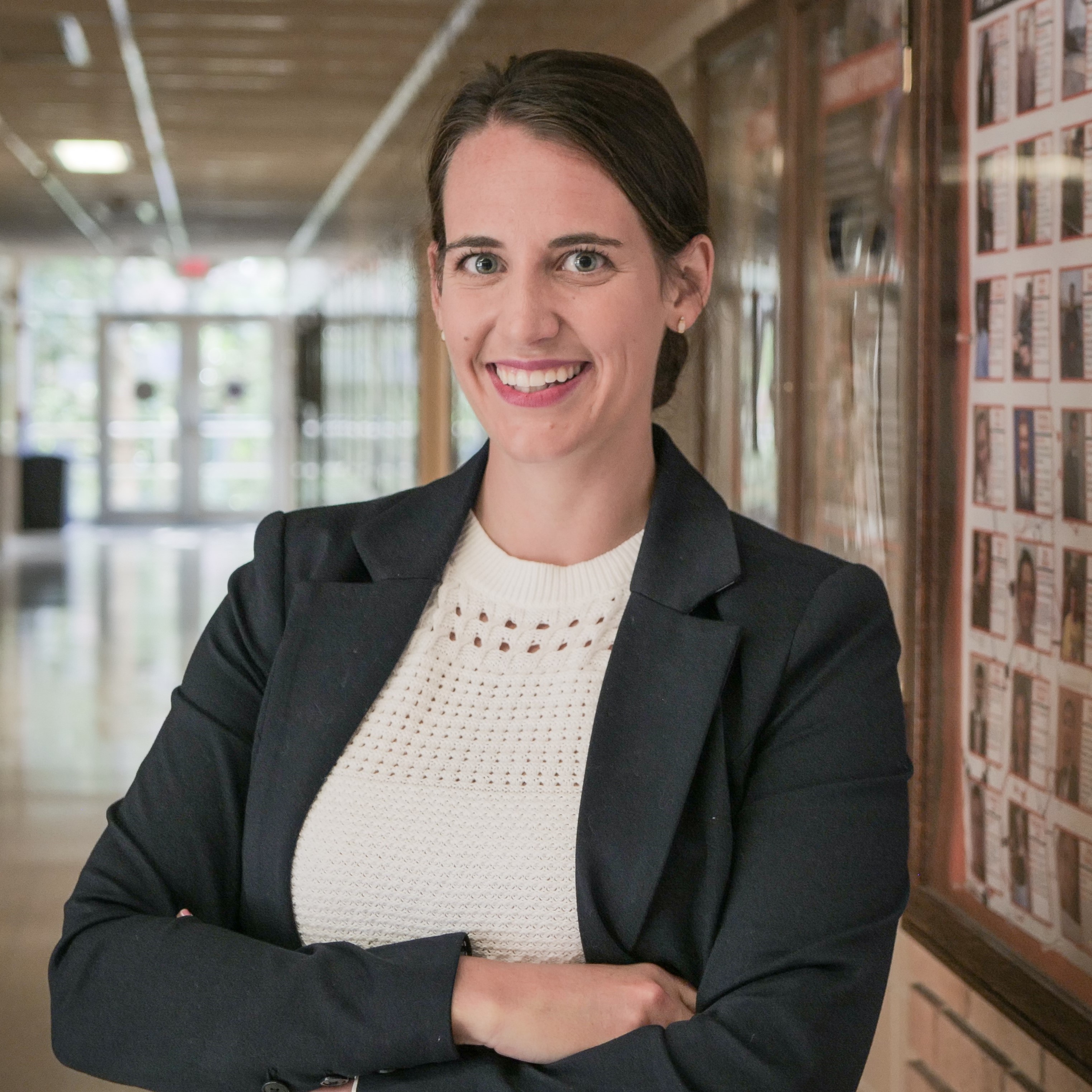Drug Delivery
Controlling Protein Coronas of Polymersomes in Response to Ions
(K-436) Controlling Protein Coronas of Polymersomes in Response to Ions
- OT
Owen Tabah
Student
Clemson University, United States - DN
Daniel Nichols
Student
Clemson University
Clemson, South Carolina, United States 
Jessica Larsen (she/her/hers)
Carol and John Cromer ’63 Family Endowed Associate Professor
Clemson University, United States
Presenting Author(s)
Primary Investigator(s)
Materials and Methods:: Polymersomes were formed by dissolving PEG-PLA into dimethyl sulfoxide (DMSO). That solution was then injected into 1 mL of MilliQ water at a constant rate (5 µL/min) with constant stirring (100 rpm). Excess DMSO was removed by dialyzing the polymersomes in milli-Q water with Spectra-Por Float-A-Lyzer-G2. Finally, the polymersomes were dialyzed against ionic solutions of NaCl (0 mM, 50 mM, 100 mM, and 200 mM) and CaCl2 (0 mM, 25 mM, 50 mM, and 100 mM). Dialyzed polymersomes were sterilized with syringe filters, injected and incubated in fetal bovine serum, and then pelleted by centrifugation. The polymersomes were resuspended in 2x Leammli sample buffer and heated to remove proteins from the nanoparticles. Differences in protein corona formation were characterized by sodium dodecyl sulfate-polyacrylamide gel electrophoresis (SDS-PAGE).
Results, Conclusions, and Discussions::
Our results consist of visual characterization of the protein corona formed onto our PEG-PLA polymersomes after SDS-PAGE, with confirmation of proteins via western blot. We used FBS during the incubation of our polymersomes so that many different proteins were able to interact simultaneously. This allowed for a complex corona to form, simulating common biological fluids. By using various salts, NaCl and CaCl2, we were able to differentiate the protein coronas based on the composition and concentration of salt. Our results indicate a few possible mechanisms for this differentiation. Firstly, in the case of NaCl shown in Figure 1A, we have seen little to no variation in the types of proteins forming the corona but see variation in the amounts of proteins based on the salt concentration. This potentially indicates variations in the outer PEG brush conformation caused by the Hofmeister effects of the ions on the polymer. It is shown through literature that differences in PEG conformation can attribute to different amounts of proteins absorbed to PEGylated surfaces (Li et al., 2021). Secondly, in the case of CaCl2, we observed differences in the molecular weights of proteins comprising the corona. This can be seen with the red markers in Figure 1B, where two new protein bands not readily found on the unionized polymersomes or NaCl ionized polymersomes are observable. Additionally, band strength increased across CaCl2 concentration for some proteins with a molecular weight around 150 kDa, and new bands appeared at higher CaCl2 concentrations representing proteins around 25 kDa. This could be due to Ca being a more strongly hydrated ion which changes the counter ion exchange of protein adsorption.
Acknowledgements (Optional): :
References (Optional): :
Li, M., Jiang, S., Simon, J., Paßlick, D., Frey, M. L., Wagner, M., Mailander, V., Crespy, D., & Landfester, K. (2021). Brush conformation of polyethylene glycol determines the stealth effect of nanocarriers in the low protein adsorption regime. Nano Letters, 21(4), 1591–1598. https://doi.org/10.1021/acs.nanolett.0c03756
